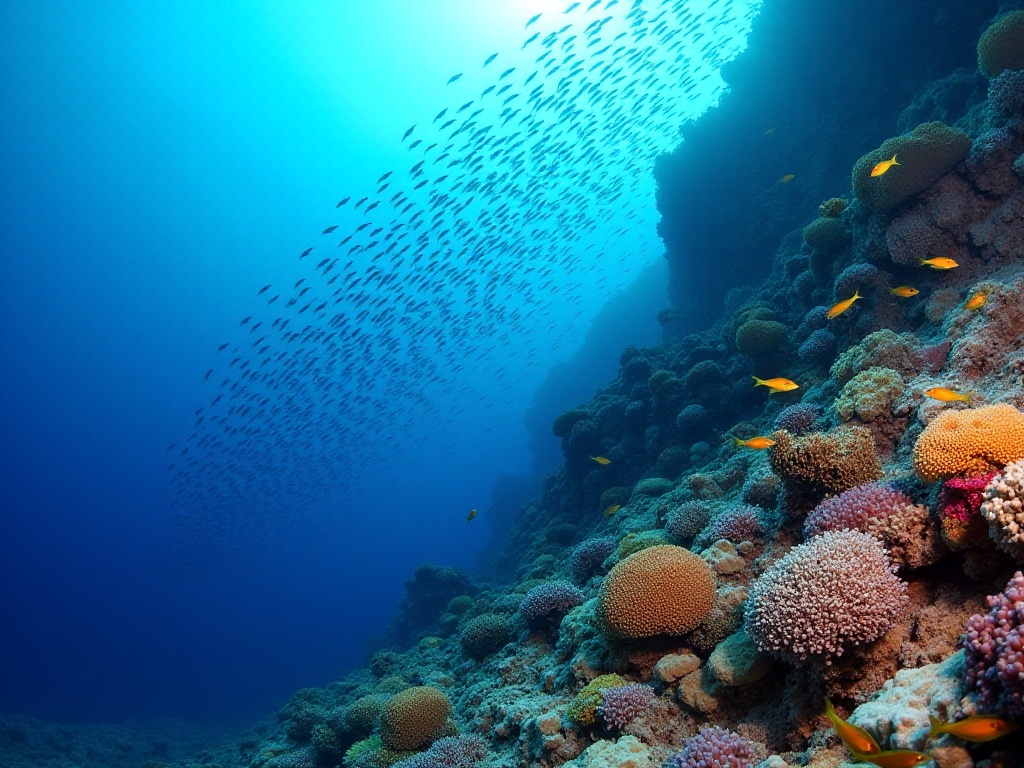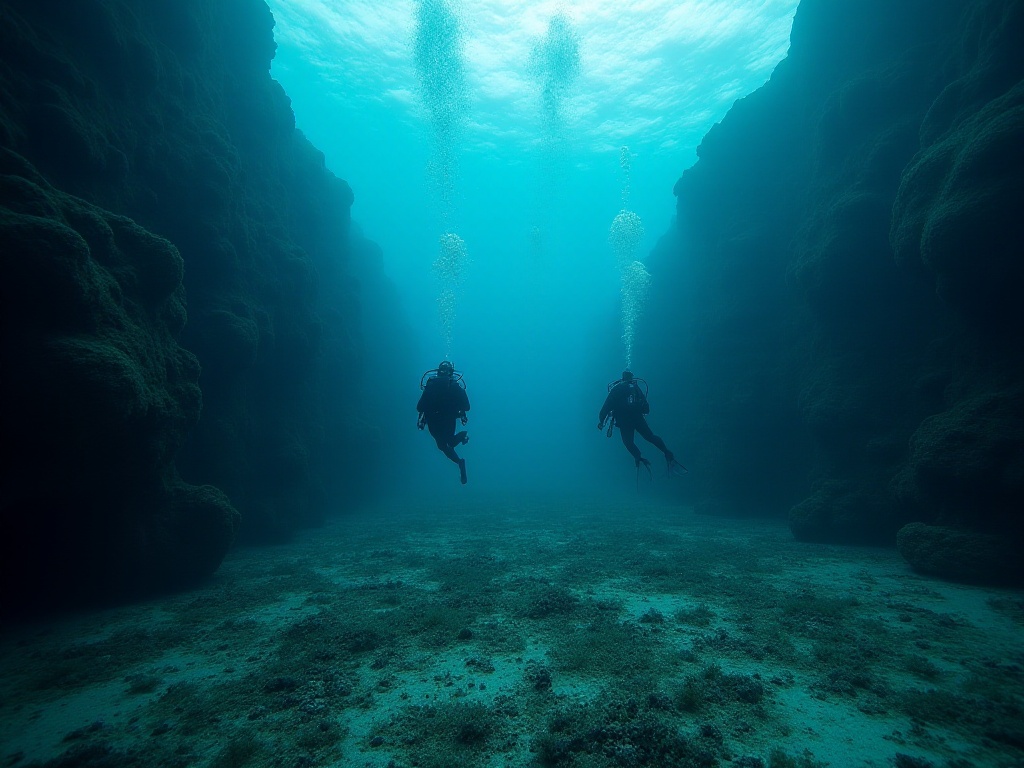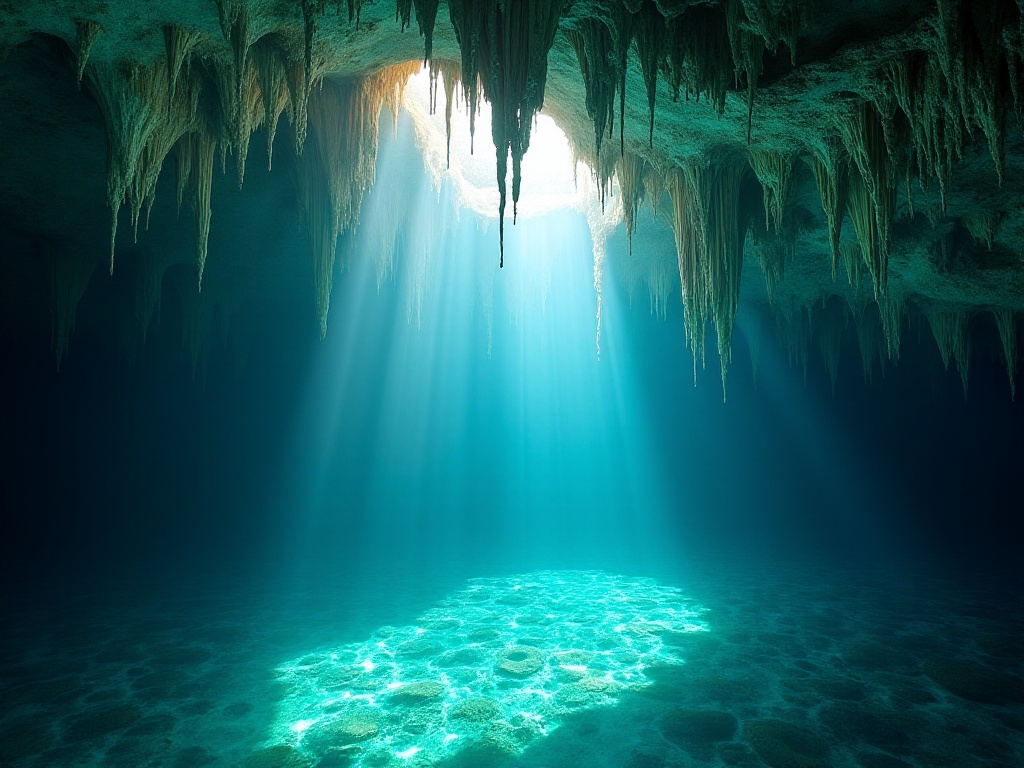First Encounter with Maldives
When I first stepped onto the white sandy beach of Maldives, my heart skipped a beat. At that moment, I felt like I was in paradise. The snow-white sand sparkled with delicate brilliance under the sunlight, and the sand beneath my feet was as soft as silk. The distant seawater displayed a dreamlike gradient of blue-green, transitioning from shallow turquoise to deep indigo, with distinct yet naturally blending layers. Where the sea met the sky, white clouds drifted leisurely, adorning the sky with exceptional beauty.
As a young diving enthusiast, I spent two whole years working and saving money just to visit this diver's paradise. Maldives not only has the world's purest seawater, but the visibility here often reaches over 30 meters. The underwater world is incredibly clear, like floating in the air. With each breath, you can feel the negative ions in the seawater, making your whole body feel lighter.
The water temperature here stays between 26-29 degrees year-round, as comfortable as soaking in your bathtub at home. The difference is that this "bathtub" is home to countless marine creatures, and every turn might bring unexpected surprises. I remember on the first day, I saw a group of baby sharks playing and chasing each other in the shallows, a scene that excited me so much I almost dropped my camera in the water.
Underwater Adventure
Speaking of memorable experiences, I must mention the night dive at Fesdhu Lagoon in North Ari Atoll. That evening, the sunset had painted the sky in brilliant orange-red, with the last rays of light reflecting on the sea surface. Our group of six, led by an experienced dive master, prepared for a night adventure.
After putting on the equipment, I carefully checked the underwater lighting gear. These are crucial equipment for night diving, and both the main light and backup light must be in perfect condition. Taking a deep breath, I followed the team as we slowly descended into the dark water. At first, we could only see our own and our companions' lights cutting through the water, just like a scene from a sci-fi movie.
When we reached a depth of about 15 meters, a miracle occurred. A huge shadow suddenly passed over my head, making my heart almost stop! Looking closely, it was a manta ray with a wingspan of over 3 meters. Its form appeared particularly elegant in the darkness, like a giant piece of black silk floating gently in the water. Its movements were incredibly graceful; despite its enormous size, it could turn and roll in the water with agility, like a skilled ballet dancer performing an aerial ballet.
Even more exciting was that this wasn't a chance encounter. According to our dive master, 10-15 manta rays come to this area to feed every night. They mainly feed on plankton and small fish, and nighttime is when they are most active. We stayed underwater for nearly an hour and witnessed at least 8 different manta rays swimming past us, each encounter making our hearts race.
In these dark waters, besides manta rays, we encountered many nocturnal marine creatures. Colorful bioluminescent shrimp flickered among the coral clusters, like tiny fireflies of the underwater world. A lobster over a meter long leisurely strolled between rocks, its antennae longer than my arm. Most interestingly, we found a sleeping parrotfish hidden in a coral crevice, looking particularly adorable.
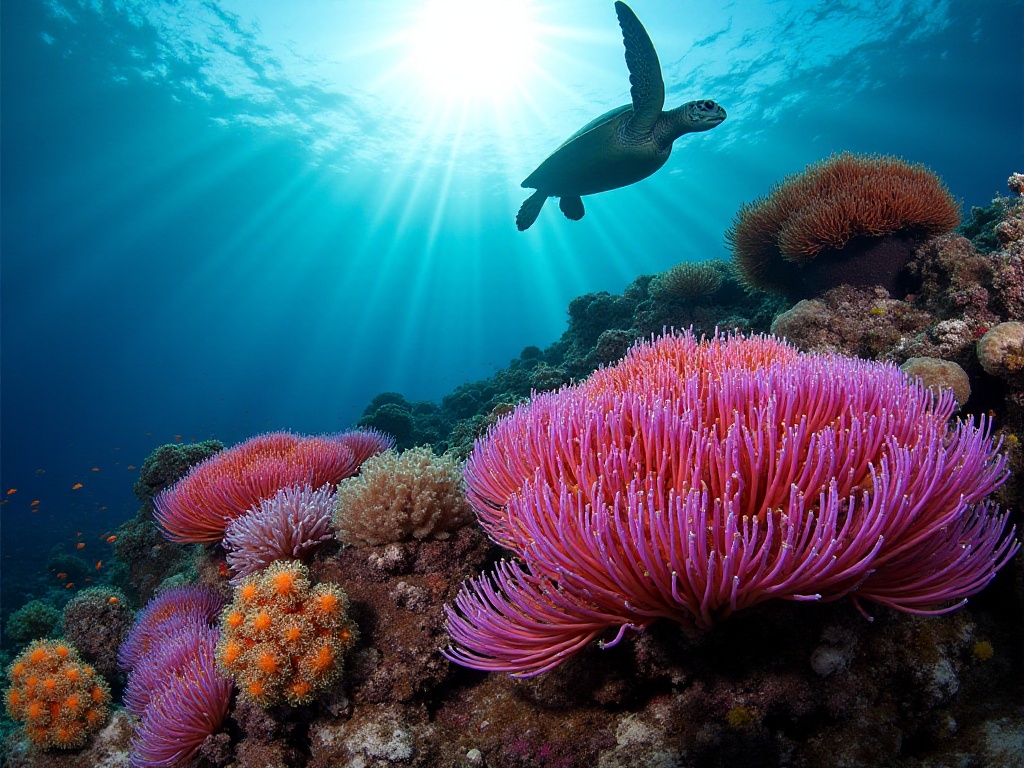
Coral Gardens
The coral reef system in Maldives is truly nature's greatest masterpiece. The coral coverage here exceeds 60%, far above the global average. During one daytime dive, I was fortunate to witness the splendor of this underwater garden.
Imagine floating in crystal clear water, surrounded by corals of various shapes. Some look like carefully trimmed bonsai, while others resemble giant blooming flowers. Staghorn corals are like underwater groves, with distinct branches swaying gracefully. Brain corals look like giant heads, their surfaces covered with complex grooved patterns. Fan corals sway gently in the current, like a young girl's skirt dancing in the wind.
During one dive, I saw over 50 different types of coral, each with its unique form and color. Some corals display dreamy pink-purple hues, some are bright orange-red, while others are gentle beige. These colors appear particularly brilliant under the sunlight.
The Maldives coral reef system extends over 2000 kilometers, making it one of the largest atoll systems in the Indian Ocean. This number might be abstract, so let me make a comparison: if you connected these coral reefs end to end, they would stretch roughly from Beijing to Guangzhou! Even more amazing is that each square meter of coral reef is home to an average of over 1000 fish. This means that when diving, you might encounter hundreds of different fish in just a one-square-meter area.
Corals are not only beautiful but are also the cornerstone of the entire marine ecosystem. They provide shelter and feeding grounds for countless marine creatures. While diving, I often saw small fish darting through coral clusters, octopuses hiding in coral crevices, and even witnessed a sea turtle leisurely grazing on algae on the coral reef.

Ocean Sprites
The marine biodiversity in Maldives is simply astounding. Home to over 2000 species of tropical fish, each dive is like opening a fascinating marine atlas. Most memorable was a group of clownfish playing among sea anemones.
That day, I discovered a huge group of sea anemones in a coral reef area about 10 meters deep. Among the emerald green tentacles of the anemones, at least 20 orange and white clownfish were darting about. They would sometimes dive into the anemone's tentacles to hide, sometimes bravely rush out to chase away other approaching fish. Interestingly, clownfish and anemones have formed a symbiotic relationship. The anemones provide shelter for the clownfish, while the clownfish help clean waste from the anemones and attract other small fish as food for the anemones.
Besides clownfish, I encountered many other interesting marine creatures. For instance, the massive Napoleon wrasse, with its prominent bump on its forehead looking just like Napoleon's hat. There were also colorful butterflyfish, swimming in schools among the corals like a group of flying butterflies.
Most exciting was encountering a pod of dolphins. It happened during a return boat trip, as the sun was slowly sinking into the horizon. Suddenly, several graceful arcs broke the calm surface, and a group of dolphins appeared beside our boat. They would sometimes leap out of the water, sometimes dive beneath, occasionally making cheerful calls, as if playing hide-and-seek with us. It's said that Maldivian waters are home to 21 different species of dolphins and whales, truly making this a paradise for marine life.
Among all marine creatures, the hawksbill sea turtle fascinated me most. Once, I encountered one leisurely feeding underwater. It moved deliberately, completely unfazed by the surrounding divers. Maintaining a safe distance, I followed it for nearly half an hour, watching it graze on coral algae, occasionally surfacing for air, its composure and serenity deeply captivating me.

Environmental Reflections
Whenever I'm immersed in the Maldives' stunning underwater world, I can't help but think about environmental protection. This beautiful ocean faces serious challenges. Rising sea temperatures due to global warming are threatening the coral reef system here. During a severe bleaching event in 2016, the Maldives lost nearly 60% of its corals, a heartbreaking figure.
What exactly is coral bleaching? When sea temperatures rise abnormally, corals expel the symbiotic algae living within them. These algae not only provide nutrients to the corals but also give them their vibrant colors. Corals without algae turn white, and if this condition persists too long, the corals die. During diving, I saw some bleached corals; they looked like lifeless stones, in stark contrast to the colorful corals around them.
However, protecting marine ecology isn't out of reach. Everyone can contribute. For instance, choosing eco-friendly sunscreen is a good start. Certain chemicals in traditional sunscreens can harm coral health. There are now many eco-friendly sunscreen products specifically developed for water sports. Though they might be more expensive than regular sunscreen, this investment is worthwhile to protect this beautiful ocean.
Reducing single-use plastic products is also important. While diving, I often see plastic bags and bottles floating in the water. This garbage not only affects the water's beauty but also threatens marine life. Sea turtles often mistake plastic bags for jellyfish and eat them, leading to death by suffocation. Therefore, when traveling, we should bring reusable water bottles and shopping bags, trying to avoid single-use plastic products.
Additionally, choosing responsible dive centers is crucial. A good dive center not only emphasizes safety but also values environmental education. They teach divers proper underwater behavior, such as not touching corals, not disturbing marine life, and not taking away any marine life or coral. Some dive centers even organize coral planting and beach cleaning activities, involving tourists in marine protection work.
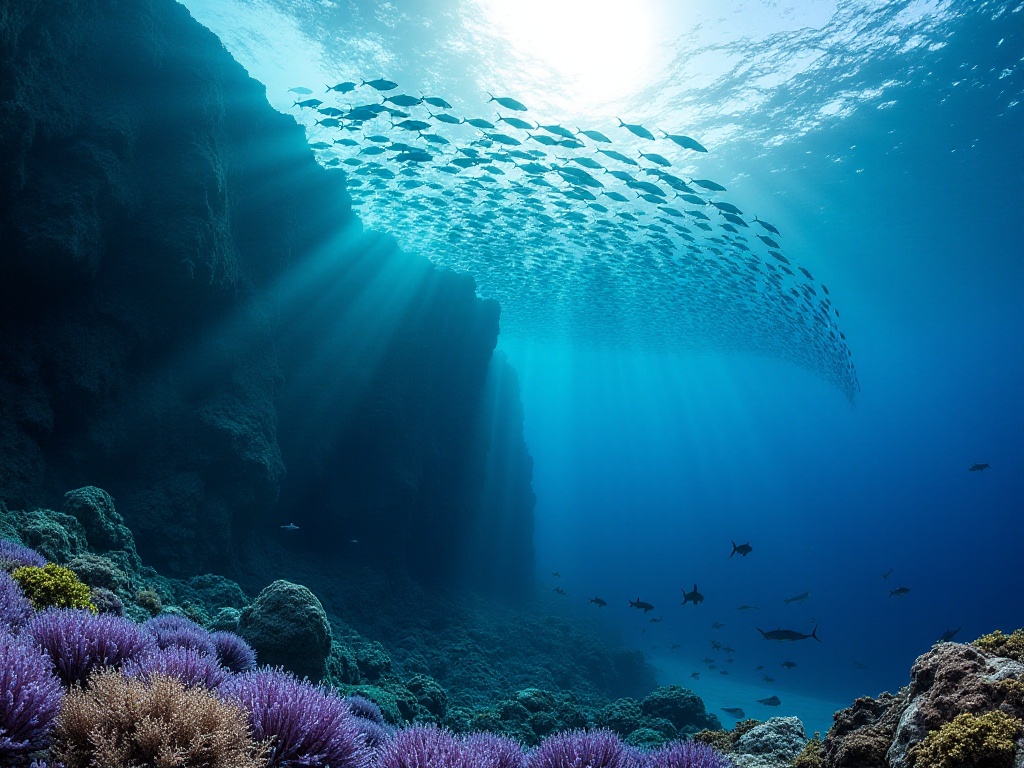
Practical Advice
If you also want to dive in the Maldives, I strongly recommend choosing the dry season from November to April of the following year. During this period, the weather is most stable, with less rainfall, calm seas, and particularly good visibility, often reaching over 30 meters. Water temperature ranges between 26-29 degrees, making a 3mm wetsuit very comfortable. Also, the sunlight isn't too strong during this season, making it perfect for various water activities.
However, the dry season is also peak season in the Maldives, so thorough preparation is essential. Accommodation and diving courses should be booked 3-6 months in advance, especially during Christmas and Chinese New Year periods, when many resorts and dive shops are fully booked. Price-wise, a two-tank dive typically costs between 150-200 USD, usually including equipment rental, boat fees, and guide services. If you have your own equipment, the price will be lower.
When choosing a dive shop, pay attention to several points: First, check if the dive shop has proper qualifications, such as PADI or SSI international certification. Second, look at the instructors' qualifications and experience; it's better to find Chinese-speaking instructors for easier learning and communication. Also, check if the equipment is new and regularly maintained. Good dive shops usually provide detailed safety briefings and arrange suitable dive sites based on divers' levels and experience.
Speaking of dive sites, the Maldives has too many worth visiting. North Male Atoll is particularly rich in fish species, where you can often see sharks and rays. South Ari Atoll has particularly well-preserved corals, suitable for photographers. If you want to see large fish, you can go to Vaavu Atoll, where whale sharks are often encountered.
Regarding equipment, if you're diving in the Maldives for the first time, it's recommended to bring the following items: waterproof camera or underwater video camera to record special moments; sunscreen, preferably eco-friendly; seasickness medication in case of discomfort on the boat; swimwear and rashguard to wear while waiting on the boat. If you have your own mask and snorkel, it's recommended to bring them as using your own equipment is more comfortable.

Conclusion
Every time I recall my diving experiences in the Maldives, my mood becomes incredibly joyful. Each dive there is a new adventure, each encounter a surprise. Whether it's the elegant manta rays encountered during night dives, the clownfish playing in the coral gardens, or the dolphins leaping out of the water at sunset, they all deeply fascinate me.
This magical ocean not only has the world's purest water, most colorful corals, and richest marine life, but also carries the dreams of countless divers. Everyone who dives into Maldivian waters is stunned by its beauty and moved by its vitality.
This is not just a diving paradise, but an ocean treasure that we must protect together. I hope that one day, you too can experience the charm of this blue paradise and create your own unforgettable memories.


